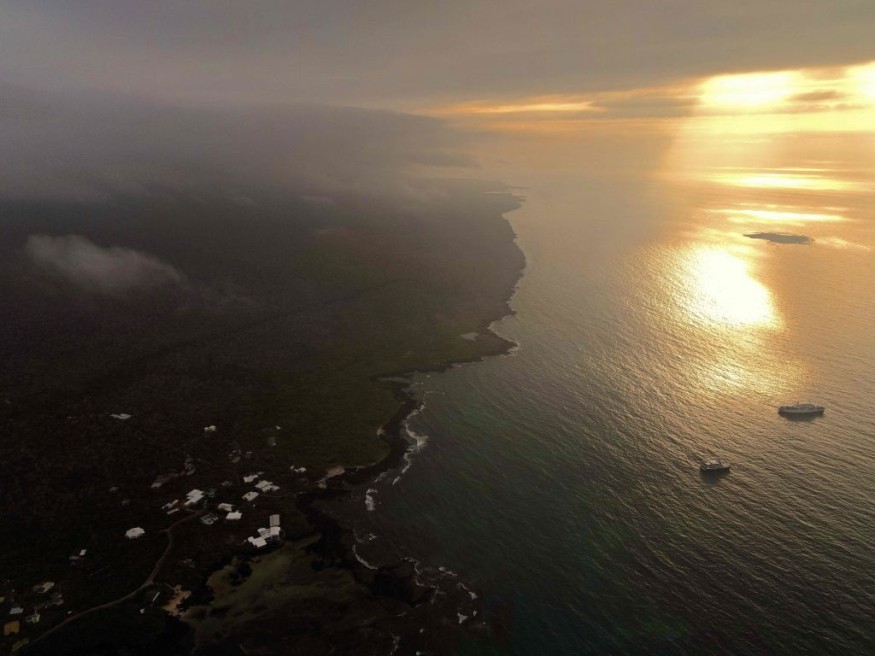Modern sea level rise has started in 1863, as per a new study. Its onset has been attributed to the emergence and rapid progress of the Industrial Age, which approximately started in the UK between 1760 and 1840.
This progress has spread to other countries in the coming decades and centuries.
Also known as the Industrial Revolution, the Industrial Age is marked by widespread human technological advancement.
The period pertains to a transition from an agriculture-based economy through manual crafting into a manufacturing-based economy guided by machines.
Over the past several decades, the rise of water levels across the oceans was caused by melting glaciers due to climate change and global warming.
Although this has been the case until now, the new study sheds light that the start of modern sea-level rise has occurred as earlier than we previously thought.
Global Sea-Level Rise

An international team of scientists, including researchers from Rutgers University, have published their new study in the journal Nature Communications on Feb. 18.
The study highlights that the occurrence of sea-level rise happened earlier than we previously thought.
The team used records of sea-level rise from 2,000 years ago and found there is a correlation between modern sea-level rise and the Industrial Age.
They concluded that ocean levels started to increase during 1863.
The researchers placed emphasis that their discovery of the specific time clock when modern ocean levels start rising is important.
The sea-level rise is based on pre-industrial natural water levels.
Thus, by connecting it with the Industrial Revolution period, the scientists traced the beginning of human-driven climate change.
The Industrial Revolution in the UK
Characterized by the significant advancement and technological innovations, the Industrial Revolution between the 18th and 19th centuries in the UK has completely changed daily lives.
This period allowed humans to deviate from traditional methods on how old things are done, as per the National Geographic.
In the field of labor, the Industrial Age introduced the creation of machines used in the manufacturing and production of various materials, including cotton, metal, and chemicals, which were either impossible or challenging to make with only manual crafting.
In terms of transportation, the transition from an agriculture-based economy model into a manufacturing model also paved the way for the construction of roads and industrial trains to deliver manufactured products and materials.
The impact of the Industrial Revolution first spread in neighboring European countries and the United States.
In the current era, the majority of countries in the world have already switched to industrial manufacturing; opposed to centuries-old methods.
The Threat in the 21st Century
The new study was published at a time when a report came out from the National Oceanic and Atmospheric Administration (NOAA), predicting the significant rise of sea level along with US coastal areas by between 10 and 12 inches in the year 2050.
Although a rising sea level is only one of the threats posed by climate change and global warming, related severe natural phenomena, including storms and heatwaves, are likely in the coming decades.
However, scientific studies are underway on whether this phenomenon is cataclysmic or not.
© 2025 NatureWorldNews.com All rights reserved. Do not reproduce without permission.





